News
News / 07/12/2015 / 2097
Wine identity is not just a platitude or a common phrase that is reiterated in brochures and promotional materials offered by wineries and tourism organizations. It should be adequately defined, understood and recognized at the level of individual wines, wineries and wine regions.The discussion dealing with the topic of wine identity in Serbia was initiated last year by the website www.vinopedia.rs and printed wine magazine Vino & Fino in a series of lectures and tastings at the Wine Identity conference held in Belgrade.
On 9th July, 2015, the organizers presented a new format that complements the conference. Wine identity is a topic that deserves attention on the wine scene in Serbia, not only once a year but continuously throughout the year. Therefore, starting from September, we will have an opportunity to consider all aspects of wine identity with a focus on wines from Serbia and the region in a series of specialized thematic workshops and tastings.
The partner for the first presentation of the new format was PODRUM NOVI WINE ART, the new wine bar and shop in Belgrade. A few months ago, as part of a new residential complex in the vicinity of the 4th Municipal Court in Mihajlo Pupin Boulevard, New Belgrade, a new gastronomic and wine hotspot appeared on the Belgrade's map of hedonism temples. A spacious garden in front of the wine shop adorned with several old olive trees will transport you for a moment to the Mediterranean region, thus making your stay in this wine bar equally pleasant no matter whether you just stop by for a glass of wine with friends or you come for a meal paired with fine selection of wines. In the beautiful interior, stylish and well-lit, selected audience (mostly wine trade and journalists) had the opportunity to get better acquainted with wine region Negotinska Krajina and Cabernet Sauvignon from Negotin. Wine world today is simply crazy about autochtonous varieties, so it is therefore more challenging to explore and define local identity of international varieties such as Cabernet Sauvignon.
The workshop about Cabernet Sauvignon from Negotinska Krajina wine region (East Serbia) was facilitated by organizers of Wine Identity Conference, Igor Luković (editor-in-chief of printed wine magazine Vino & Fino) and Tomislav Ivanović (editor-in-chief of website www.vinopedia.rs )
NEGOTINSKA KRAJINA WINE REGION - GEOGRAPHIC LOCATION
Negotinska Krajina wine region is located in the east of Serbia and stretches along the Danube River, directly alongside the Romanian and Bulgarian border. Vineyards of Negotinska Krajina administratively occupy the territory of Negotin and Kladovo. The vineyards cover an area of 978ha. The main geographic factors affecting the identity of the region are proximity of the Danube and the mountains Miroč (768m), the Great Reef (656m) and Deli Jovan (1136m) which surround this wine region from the west. The terrain is sloping gradually from west to east, towards the banks of the Danube. The region of Negotinska Krajina extends at an altitude ranging from 60 to 480 meters, but vineyards are mostly located at altitudes from 100 to 270 meters. It is interesting to point out that the spot with the lowest altitude in Serbia (28m) is situated at the confluence of the Timok river and the Danube in Negotinska Krajina. Large water surface of the Danube enhances effects of the sun because the rays of sun bounce off the water surface (water mirror effect, which also exists in the wine region of Srem, in the vineyards located close to the village of Banoštor, Fruška Gora). The Danube is also important because it mitigates extreme winter conditions, sudden temperature fluctuations and protects vineyards from dangerous frosts.
CABERNET SAUVIGNON
It is not easy to write about varieties such as Cabernet Sauvignon. It can be found in vineyards across the world, quite an adaptable variety, a lot has already been said about it ... It has been known as Petit Cabernet in Bordeaux since the 18th century, when it was often confused with Cabernet Franc. For a long time, it was believed that Cabernet Sauvignon originated from a Greek indigenous variety from the Peloponnese. However, the truth about the origin of this grape variety was revealed relatively recently: DNA analysis showed that its parents are Cabernet Franc (hence no wonder it used to be identified as this variety in the past) and Sauvignon Blanc.
In France, Cabernet Sauvignon is the fourth commonest red variety in vineyards (after Merlot, Grenache and Syrah). In the Balkans, the most important Cabernet Sauvignon plantings are found in Serbia and Bulgaria. In Serbia, 20% of the total vineyards (i.e. approximately 5,000 hectares) are planted with Cabernet Sauvignon. In Bulgaria, Cabernet Sauvignon vineyards represent 15% of the total vineyard area, approximately 15,000 hectares (but in Bulgaria, Cabernet Sauvignon is much more often blended with Merlot and other varieties). Among other countries of the region, Romania has 3,000 hectares of vineyards planted with Cabernet Sauvignon, Slovenia 470 hectares and Croatia approximately 900 hectares (accounting for less than 3% of total vineyards).
CABERNET SAUVIGNON FROM NEGOTIN
Before we begin closer analysis of the main features of Cabernet Sauvignon from Negotin, we should stress that despite global popularity of this variety, Cabernet Sauvignon is not well suited to every region. This is demonstrated by the fact that in a number of wine regions, instead of varietal Cabernet Sauvignon wines, blends with other varieties e.g. Merlot prevail quite often in order to conceal deficiencies caused by insufficiently ripe Cabernet Sauvignon grapes. Indeed, Cabernet Sauvignon is a late variety - that is, it requires a lot of sunshine and long sunny autumn so that the grapes ripen well and thus avoid the green, unripe, herbal impression of the wine.
To understand Cabernet Sauvignon from Negotin, it is necessary to consider elements of the climate and soil which significantly affect its character. Negotinska Krajina is surrounded from the west and the north with mountains that intercept warm air stream coming from the Mediterranean and the Black Sea. The warm air therefore stays in the region of Negotin region and gradually cools down. No wonder that during the summer, Negotin is always the hottest city in Serbia, with temperatures often exceeding 40 degrees Celsius. So, quite so much an ideal environment for a late variety such as Cabernet Sauvignon, which will not have difficulty to ripen in such environment.
As for the soil, the vineyards are often located on vertisol, cambisol and sandy soil. Along the banks of the Danube, there are loess sediments, alluvial deposits, gravel and layers of clay and sandy soil. Cabernet Sauvignon is not suitable for planting in vertisol or cambisol due to its being relatively vigorous variety, so it will require a lot more efforts and work in the vineyard to restrain its vigor. However, in Negotinska Krajina, vertisol and cambisol are located on limestone terrain, and also mixed with drifts of gravel, sand and stone agglomerate which greatly mitigate the effects of such soil. During long periods of intense sunshine, the land gets heated and keeps the heat, which further contributes to better ripeness of the grapes. Taking into account all the above, you might expect to find in Cabernet Sauvignon from Negotinska Krajina overripe fruit and jammy flavours. However, then another feature of local terroir plays its part: Gornjak and Košava wind. These are two cold winds that blow through the region, one along the Danube and the other from Homolj mountains. This prevents excessive thermal stress of the vine, and enhances aromatic profile and gives the wine freshness. It is this freshness in the mouth that makes Cabernet Sauvignon from Negotin distinct. The nose is dominated by typical varietal aromas of black forest fruit, fresh, you will rarely come across samples with aromas of cooked or overripe fruit. Fruity flavors are complemented by notes of wood because the rules for Cabernet Sauvignon from Negotin proscribe that it always ages in wood. Pyrazine is reduced to minimum in the aromatic profile, which clearly indicates that we are dealing with ripe fruit and Cabernet Sauvignon from warmer climates. This is supported by relatively high alcohols.
Rules for production of wines with geographical indication proscribe that Cabernet Sauvignon from Negotin wine region must age for at least 6 months in wooden barrels, and cannot be released on the market before 1st December of the next year. Reserva wines must aged for 18 months in wood and another 12 months in a bottle.
The second part of the workshop presented the most important representatives of Cabernet Sauvignon from Negotinska Krajina.
Sinor 2009 - Tanića Pimnice - In the past, the village of Tamnič was famous for the biggest complex of "pivnica" winemakers' huts in Negotinska Krajina. Unfortunately, most of these buildings were demolished by 1955, so "pivnica" huts in the villages of Rogljevo and Rajac are well-known. The winery Tanića Pimnice from Tamnić owns 12 hectares of vineyards and its production is based exclusively on red wines. Grapes which are used for production of wines Sinor and Sinor-S originate from vineyards covering 5 hectares on the plot called Toponica. The wine should be decanted. Mature, tertiary aromas of truffles, moss, tobacco leaf, damp forest floor prevail on the nose, whilst delicate notes of black cherry, black currant still linger softly. All together, it leaves a warm impression, a kind of patina which gives this wine seriousness and maturity. In the mouth, you will first notice liveliness and freshness that further emphasize aromas of red berries. Tannins are ripe, smooth.
Sinor-S 2009 - Tanića Pimnice - The word "SINOR" stands for a boundary of the property, the borderline. These two wines from Tanića Pimnice are made from grapes from the same plot. The only difference is that Sinor aged in large oak barrels while Sinor-S aged in barrique. I have an impression that wood is incorporated better in the previous wine. I didn't particularly like how the tertiary aromas paired with distinct notes originating from barrique on the nose. Still, I want to commend the winemaker who showed with these two wines his eagerness to learn, explore, test potential of different wooden casks.
Dajić Cabernet 2009 - Dajić Cellar - Although Dajić Winery has built its reputation on the local market largely owing to its Gamay, they have certainly made impressive results with Cabernet Sauvignon as well. This time, we taste Cabernet Sauvignon from the village of Mihajlovac, therefore vineyards situated on the Danube terrace. The wine aged in Serbian barrique. Mature wine, typical varietal aromas of Cabernet Sauvignon, plenty of black currant, blackberry. Freshness of this wine in the mouth further enhances notes of eucalyptus, sage, mint.
Cuvee 1 2012 - Mikić Winery - A blend of Cabernet Sauvignon and Merlot represented a real rarity at this tasting given that hardly anyone present in the audience had had an opportunity to taste this wine before. The wine comes from Mikić Winery, located in the village of Rečka near Negotin. The structure of the wine reveals distinctive Cabernet Sauvignon features that give it sturdy skeleton and base, which is then complemented by Merlot and its softness and fruitiness.
Plot 2012 - Raj Winery - I hope that Raj Winery will symbolically mark the arrival of better times for Rajac wine cellars. The owners of Raj Winery are an Englishman Michael O'Connor and his wife Ljubinka (Beka). Varietal composition: 60% Cabernet Sauvignon, 40% Merlot. This wine has a different style compared to all we have had the opportunity to taste so far. During the tasting, I commented that this wine is " the most commercial of all present at the tasting". This is said without any negative connotations. This wine style with distinct notes of barrique barrels (Hungarian oak) has a large number of admirers on the Serbian market, so there is no doubt that Plot 2012 will easily find its way to loyal followers.
Kremen 2013 - Matalj Winery - (varietal composition: Cabernet Sauvignon, up to 15% Merlot) Vineyard where grapes are grown for this wine is situated on the plot called Kremenjača, southern exposure, situated on a cliff, in the village of Tamnič. The predominant soil in the vineyard is cambisol with plenty of gravel, stone agglomerate. Wine Kremen visually differs from typical representatives of Cabernet Sauvignon owing to its beautiful translucence. The colour suggests what will follow: elegant, complex wine full of freshness and fruitiness (predominantly black currant, blackberry, dark cherry, with mild spicy notes, vanilla). Skillful use of Serbian oak.
Filigran 2013 - Bukovo Monastery - The Orthodox Christian Monastery Bukovo owns 6 hectares of vineyards in Negotin on the soil composed of predominantly cambisol and vertisol. The wine aged for 12 months in new Serbian oak barrels. In the mouth, aromas of black currant, dark cherry and violet prevail. Full-bodied wine. It still exudes freshness and youth, and will only reveal its real beauty owing to further aging in the years to come. The real filigree artwork.
Aglaja 2013 - Vimmid Winery - (varietal composition: 90% Cabernet Sauvignon, 10% Merlot) Another example of Cabernet Sauvignon from Negotin in which there is not a hint of overripeness or cooked fruit, whilst extract and full body nicely complement complex flavors of red forest fruit, mild spicy notes and notes of Serbian oak. Beautiful fruity freshness in the mouth continues long in the finish.
Kremen Kamen 2012 - Matalj Winery - grapes for Kremen Kamen originate from the same vineyard like grapes for Kremen. The vineyard was planted in 2007, and selected grapes from the best parts of the vineyard are used for making Kremen Kamen. The wine aged for 18 months in new Serbian and French oak barrique, followed by another 12 months in bottle. The limited edition of 3,000 bottles. Living proof that dedicated work in the vineyard and cellar in Negotin can result in world-class wine. On the nose, very complex wine, aromas keep evolving starting from black forest fruit, blueberry, black currant, eucalyptus, mint, violets, cedar, tobacco leaf. In the mouth, impression of freshness prevails. The tannins are ripe, soft, polished.

Tomislav Ivanović
Awarded wine writer, wine critic and contributor to selected wine magazines. WSET3-certified author and editor-in-chief of www.vinopedia.rs. Member of Vojvodina Sommelier Association. Juror in national and international wine competitions. Lecturing about wines of Serbia and the Balkans. Local partner of Wine Mosaic organization. Co-founder of International Prokupac Day.

Pročitajte i druge članke iz ove rubrike:
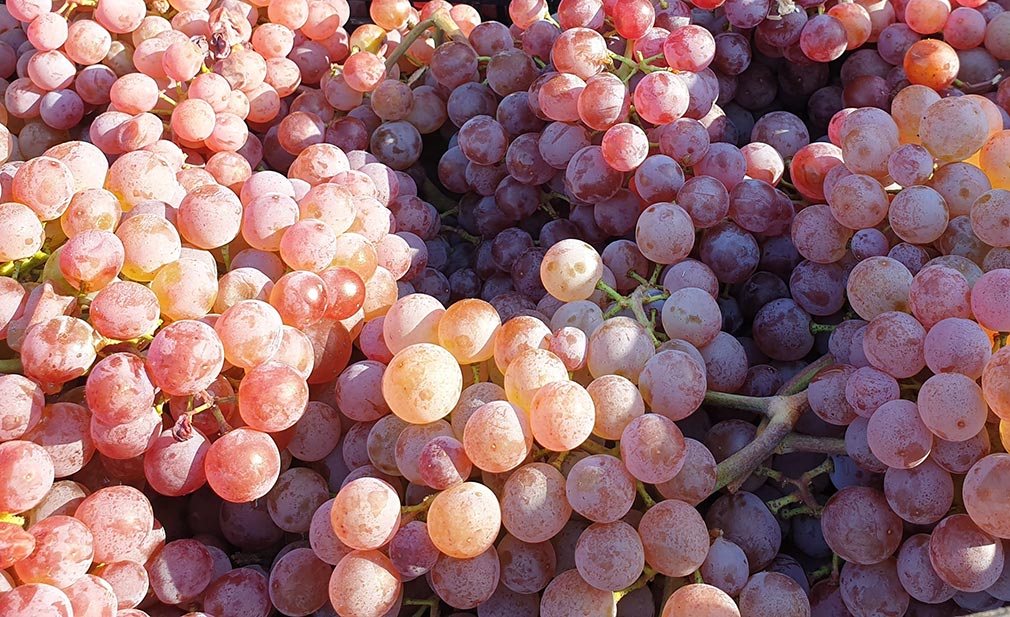

VINOPEDIA TOP 10 2024
PROČITAJ VIŠE
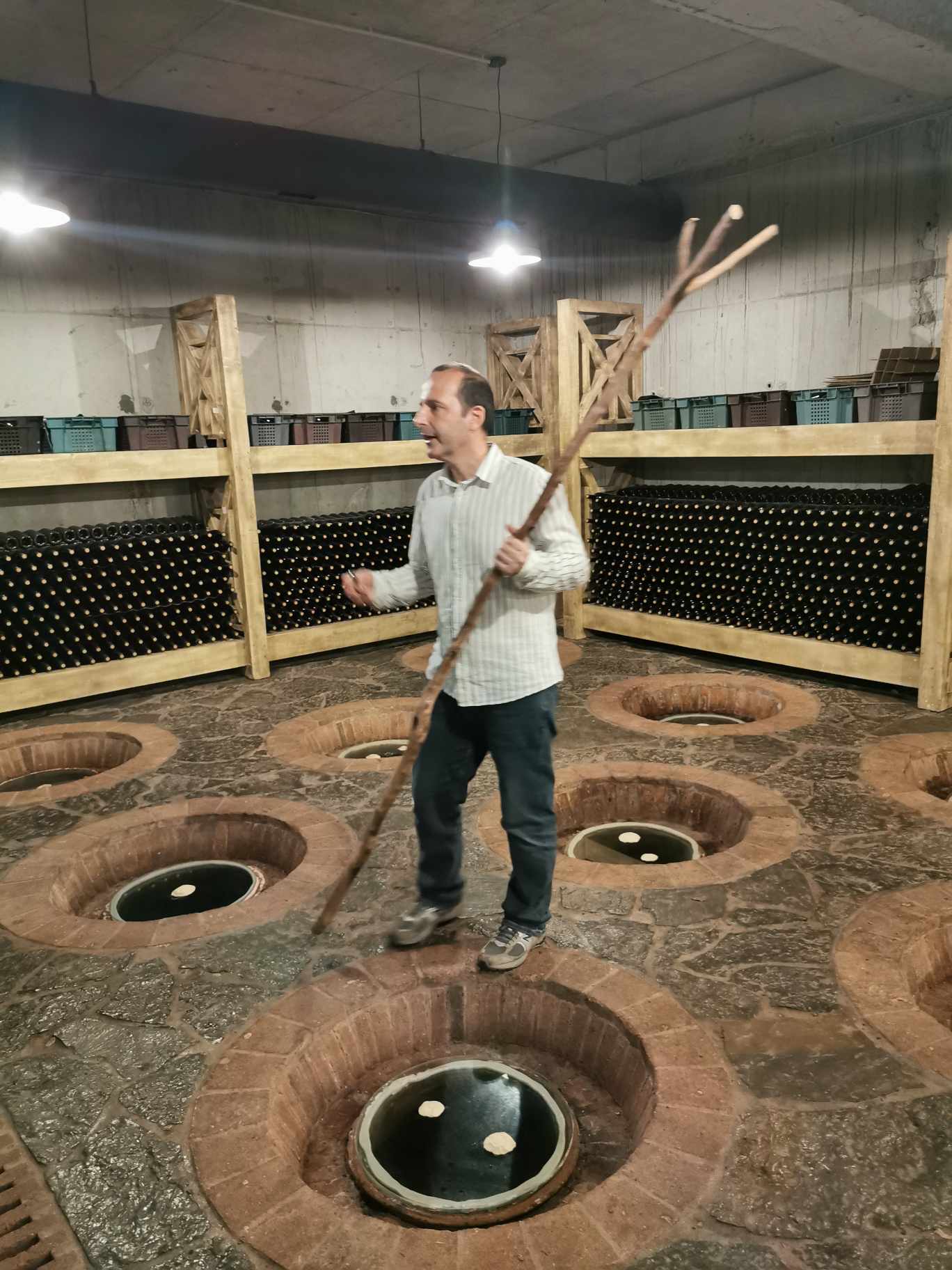

GIUAANI - VINSKI TURIZAM NA GRUZIJSKI NAČIN
PROČITAJ VIŠE
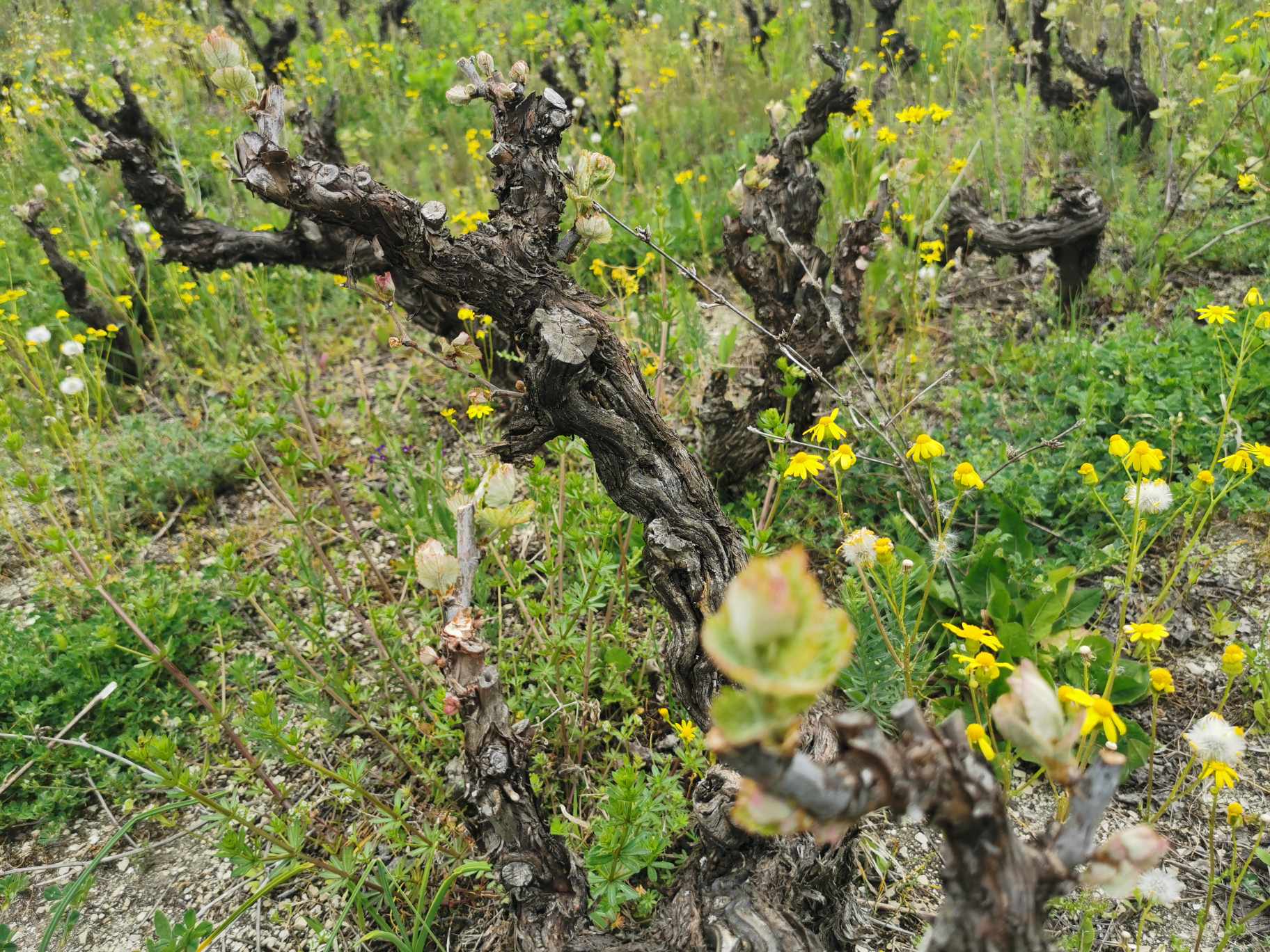

SPASIMO STARE VINOGRADE SRBIJE
PROČITAJ VIŠE
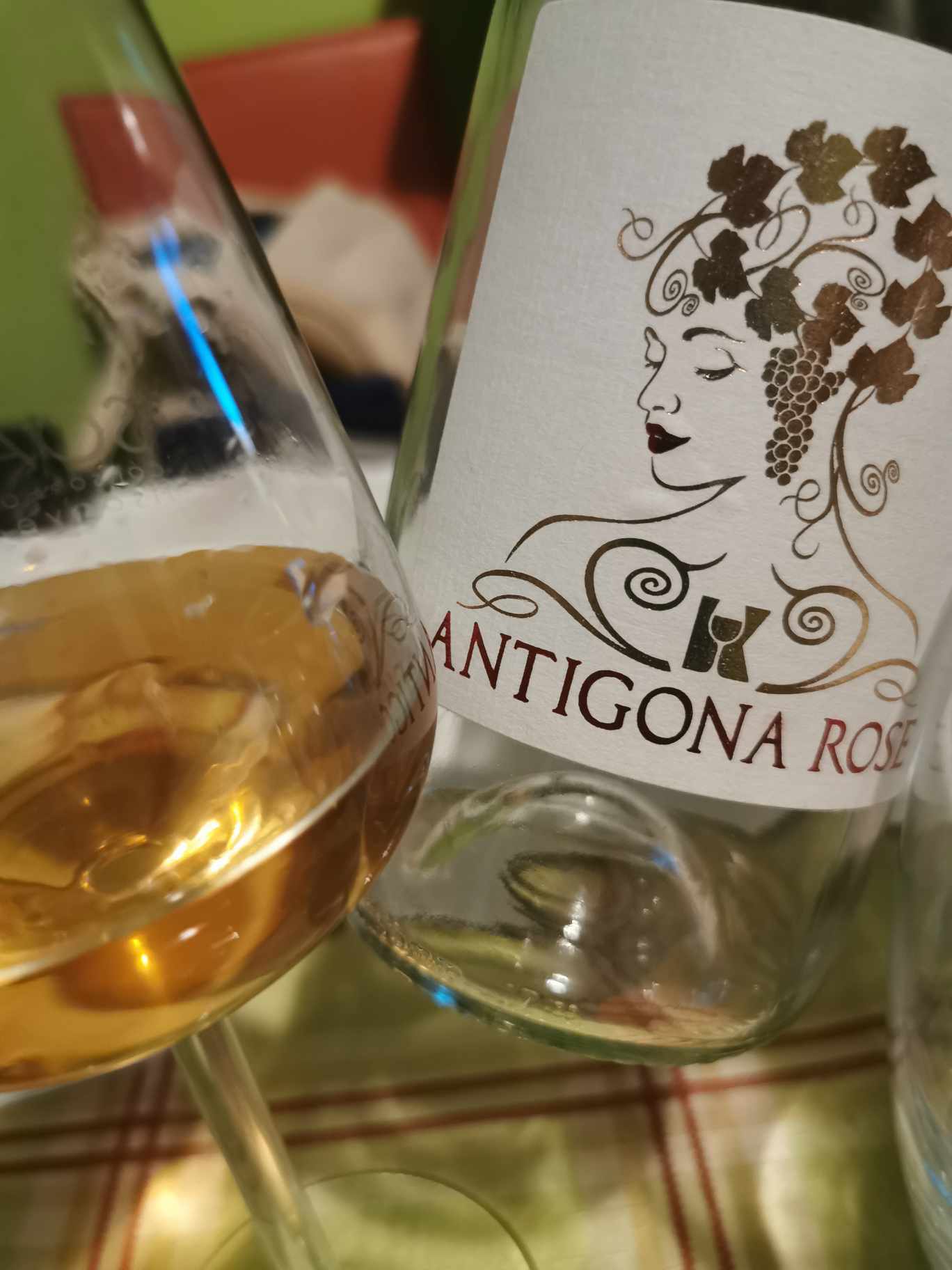

NAŠLI SMO ANTIGONU IZ ORAHOVCA
PROČITAJ VIŠE
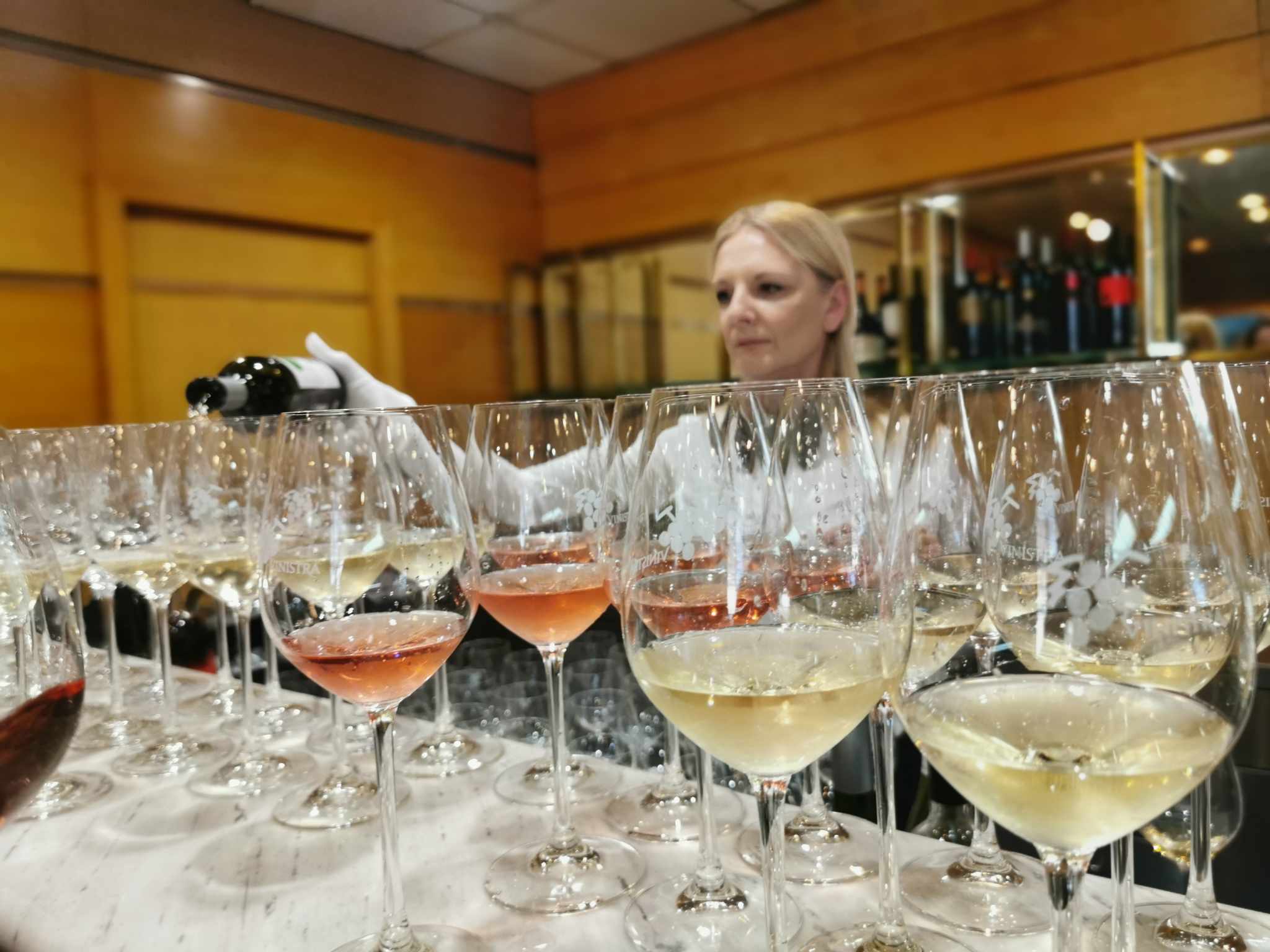

SRPSKO VINO KOŠTA 100 EUR - I ŠTA ĆEMO SAD?
PROČITAJ VIŠE
Winner MILLESIMA BLOG AWARD 2016

Pobednik MILLESIMA BLOG AWARD 2016
VINO & FINO wine personality of the year 2016

VINO & FINO vinska ličnost godine 2016